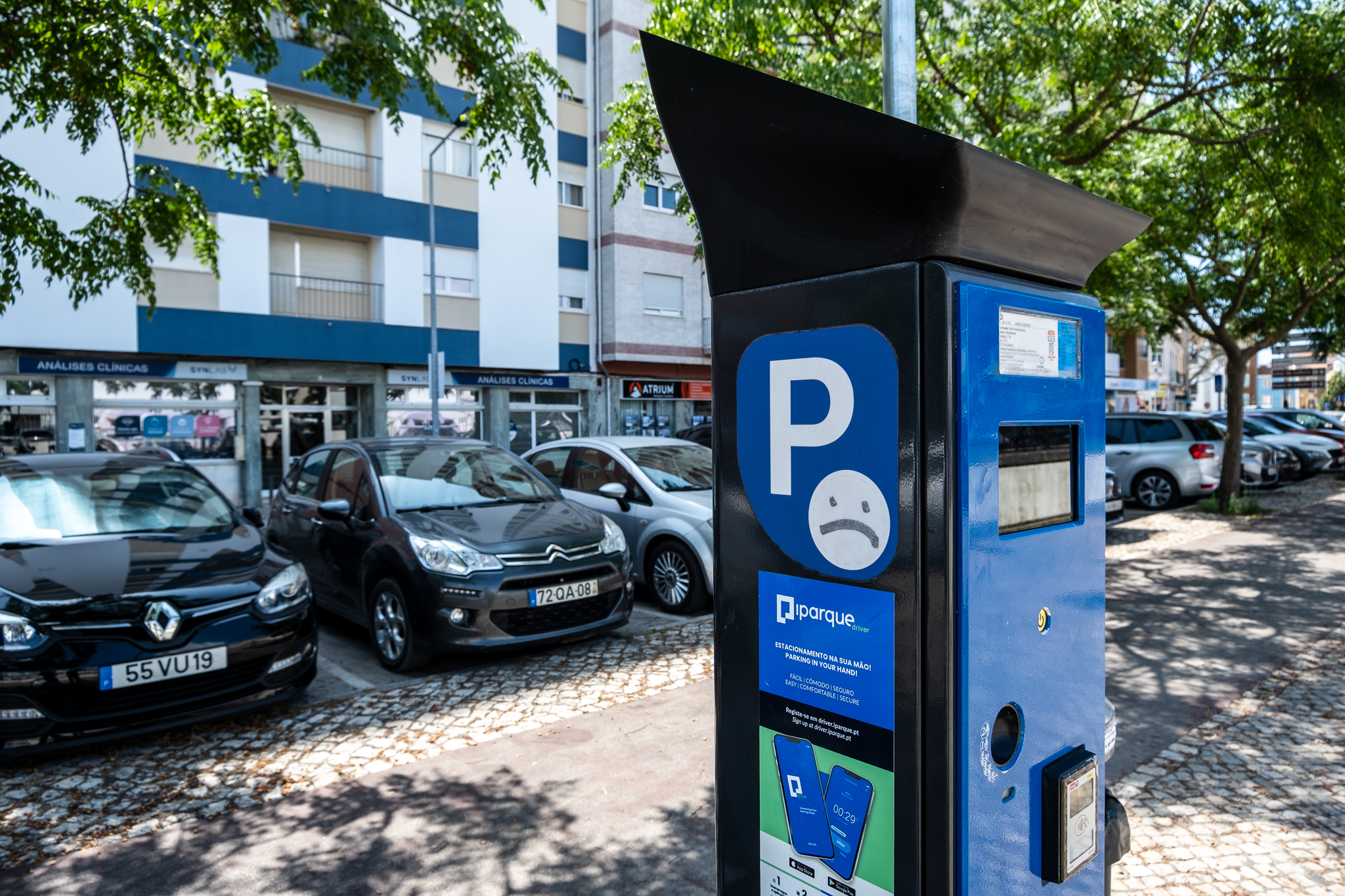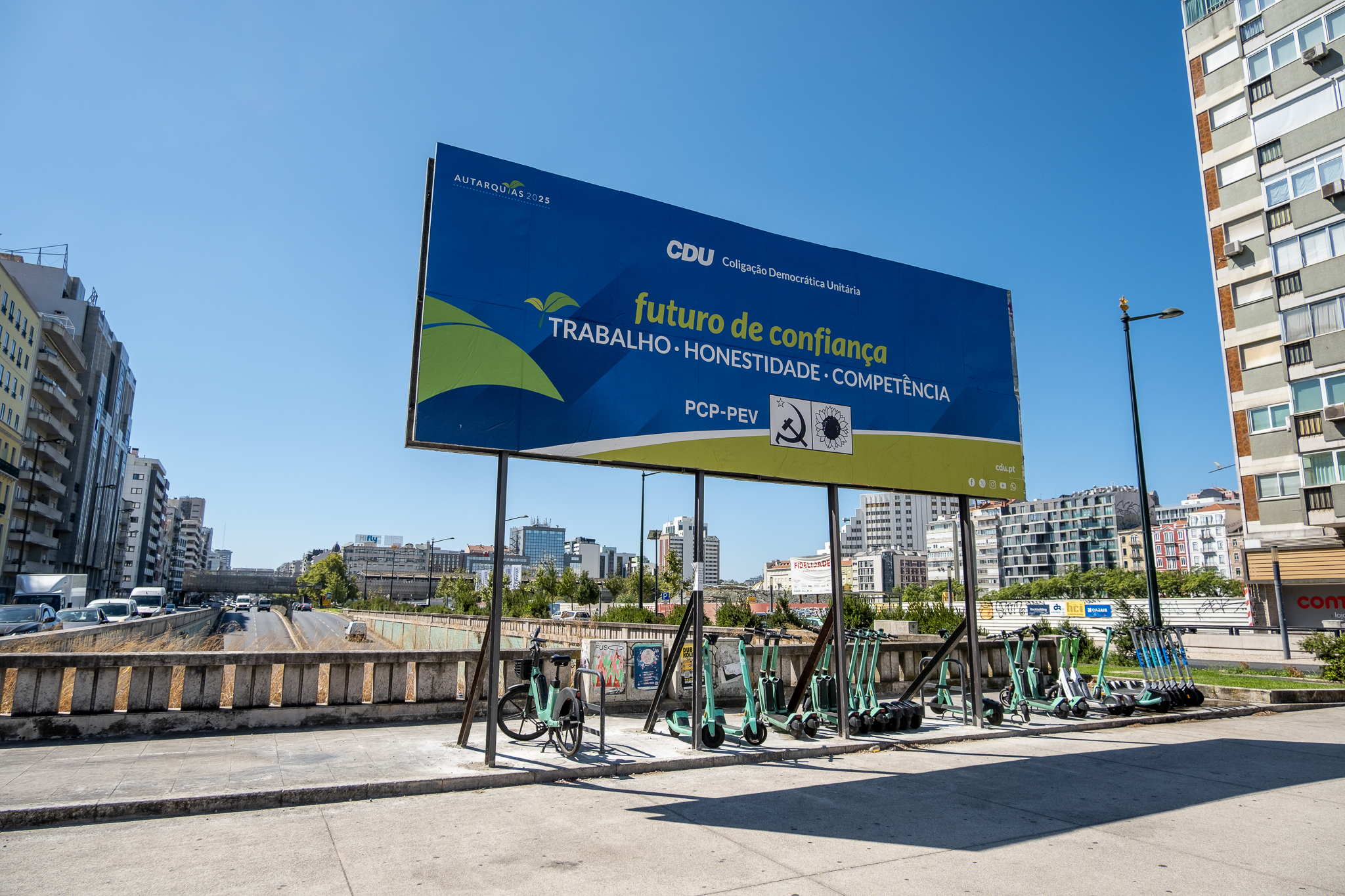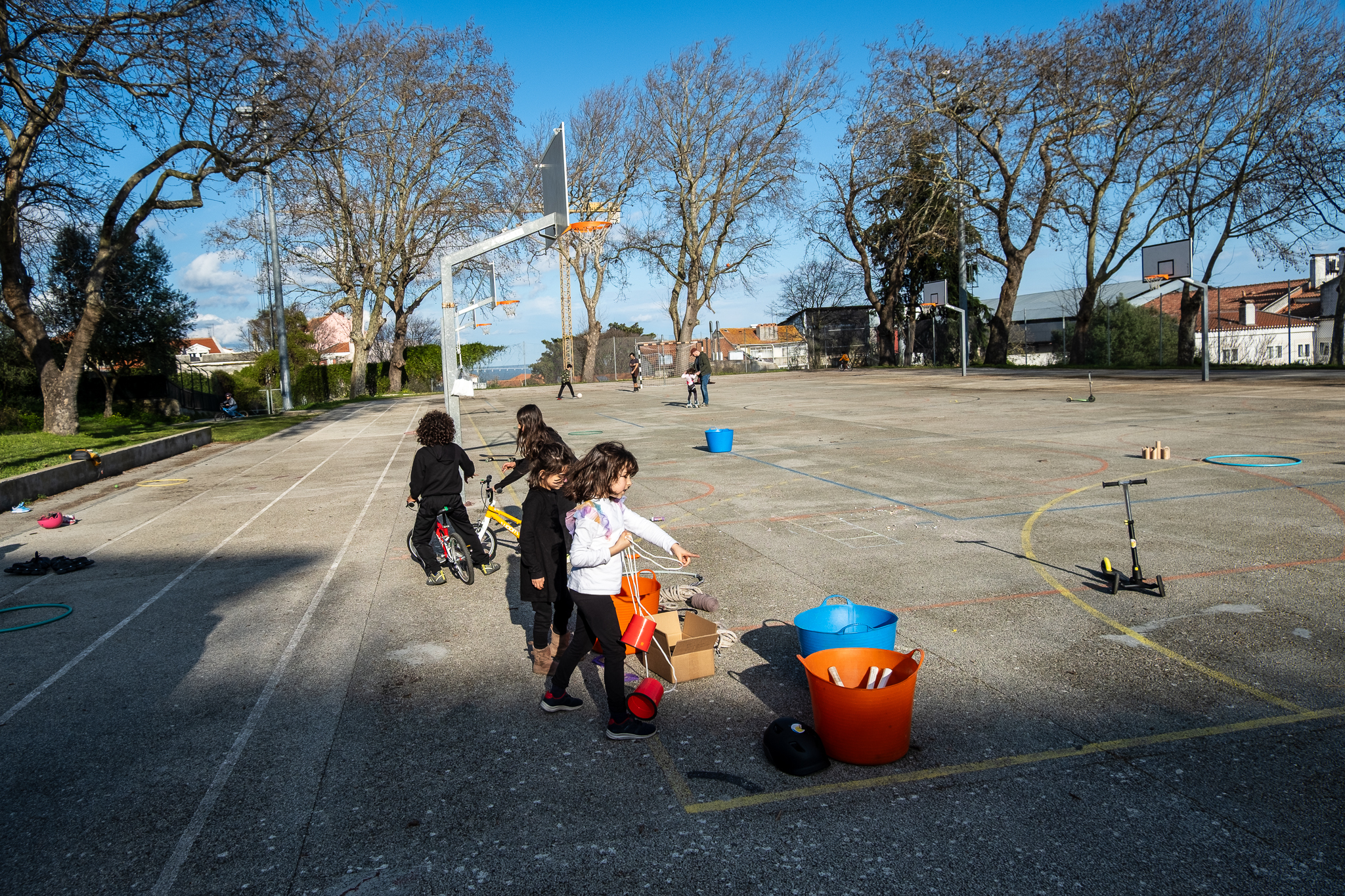Alcântara will have a Metro station within three/four years, but currently it doesn't even have a train at the weekend.

The Metro is expected to reach Alcântara in 2025/2026 with the Extension of the Red Linebringing the western zone closer to the center of the city. But Alcântara is already connected to the heart of Lisbon by train. As its name implies, the Beltline - so often forgotten - surrounds Lisbon, connecting by heavy rail the western, central and eastern parts of the city. This Line is a veritable backbone of the capital; at Alcântara-Terra, the Azambuja Line overlaps the Cintura Line. From this station, trains stop at Campolide, Sete Rios, Entrecampos, Roma-Areeiro, Chelas, Marvila, Braço de Prata, Oriente, Moscavide and Sacavém, before heading to Castanheira do Ribatejo or Azambuja. But this is only during the week. On weekends and holidays, Alcântara-Terra is closed and that part of town - which in the future will be a major intermodal interface - becomes more isolated.
Alcântara-Terra is the only railway station in the country, located in a large city, with no trains outside of weekdays. After the arrival of the last train from Castanheira do Ribatejo, at 1:05 am on Saturday, the station is closed and only opens again at dawn on Monday, with the first train leaving at 5:56 am. A chain and a message indicating that the space is "off-limits to unauthorized personnel" signals the closure of the station. On weekends and holidays, the Azambuja Line trains stay in Santa Apolónia, forcing passengers who want to reach Alcântara to switch to a Carris bus and take the Cascais Line at Cais do Sodré. From here they can finally get off at Alcântara-Mar or even go to the beaches of Oeiras and Cascais. As Público notesduring the week, the passengers coming from the Azambuja Line can reach the line's beaches in 1h30, but with the weekend schedules and the Alcântara-Terra closure this trip can take much longer.

CP stopped taking Azambuja to Alcantara-Terra Line trains on weekends and holidays on June 14, 2015 due to alleged lack of demand. Contacted by Lisboa Para Pessoas, the rail operator explained that in 2017, tested a return of trains to Alcântara-Earth during the summer period, with a special offer on weekends during the period between July 15 and August 27 of that year. "The demand verified was, on average, about 50 people per train"said CP, and it is unknown what communication effort was made at the time, which may influence the demand for this service. On the other hand, this data is based only on validations in Alcântara-Terra; according to Público newspaperIn this station there is only one validator "hidden" behind the ticket vending machine that is several times inoperative and is normally only used by those who buy these occasional tickets, and not by those who have monthly passes.
The Alcântara-Terra weekend closing doesn't only affect the access to the line's beaches for those coming from Azambuja; with the trains diverted to Santa Apolónia, passengers from the north of Lisbon also lose the direct connection to the city's central stations, such as Roma-Areeiro, Entrecampos, and Sete Rios. On the other hand, the population of Alcântara is further away from Campolide, where they can take the Fertagus train to the south bank (and vice-versa), or from Sete Rios, where they can take the CP long distance train to the Algarve. The alternative to reach these two stations are the Carris buses or, in the case of the south bank access, the Carris Metropolitana buses, which also stop in Alcântara.

"The current supply of Lisbon's Urban Trains results from the permanent monitoring of demand, which aims to identify the effective mobility needs of the populations and present solutions with the objective of increasing the levels of service provided"says the company. CP admits that it will carry out new demand studies when the Cascais Line is modernized and when it is connected to the Cintura Line in Alcântara, but also when the Metro reaches this part of the city, "in order to implement the offer that best suits the customers' needs". What is certain is that, with the extension of the Red Line, Alcântara will be connected to the central and eastern zones of the city, through the Saldanha and Oriente stations, for example. "Currently 70 trains are run daily representing more than 62,000 seats offered." in AML, "with the average daily demand at peak hours at the beginning and end of the day being around 50%, during the rest of the day it is around 30%".

If all plans go according to plan, Alcântara will be in the not too distant future a major intermodal interface in the city of Lisbon. In addition to the public space requalification projects planned, which will give a new air to that entire area that today is profoundly dominated by the highway, Alcântara is expected to receive the Red Line of the Lisbon Metro, which will be connected to the future surface metro Western LIOSand a new underground railway stationwhich will join the Cintura and Cascais lines and will be duly connected to the Metro and the LIOS. Alcântara is already served by several bus lines of the Carris and the Metropolitan Railway; it is also foreseen the reinforcement of the cycling network and the GIRA in this area, with connections both to Campolide, through Avenida de Ceuta, and to Belém and Cais do Sodré through Avenida da Índia and Avenida 24 de Julho.











